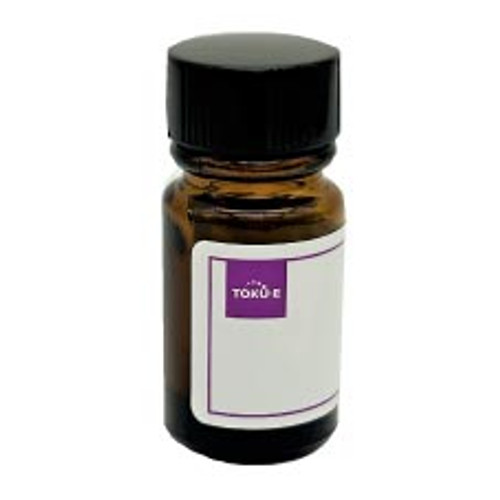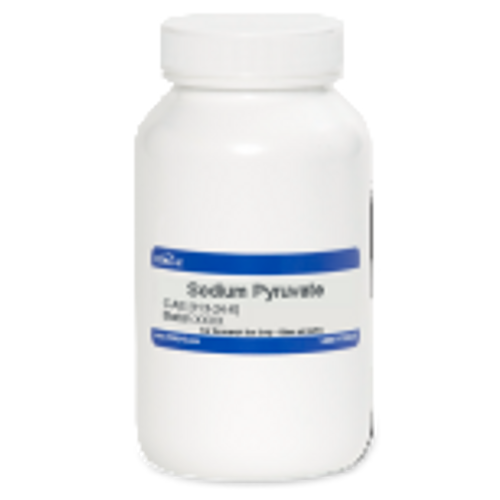Cefodizime Sodium is the sodium salt of Cefodizime, a third-generation aminothiazolyl cephalosporin. Cefodizime has broad-spectrum activity and is resistant to most beta-lactamases. It is used against the pathogens causing respiratory and urinary infections and gonorrhea. It has immunostimulatory effects and can enhance the response of neutrophils.
| Mechanism of Action | Cefodizime Sodium is bactericidal antibiotic that targets penicillin-binding proteins (PBPs) 1A/B, 2, and 3 resulting in death of the bacterial cell. Cefodizime Sodium is an immunomodulator, enhancing the killing and oxidative response of neutrophils. It can enhance the bactericidal activity of crude extracts of neutrophil granules. Cefodizime stimulated the bactericidal activity of human neutrophils. |
| Eukaryotic Cell Culture Applications | The in vitro effect of cefodizime (1-250 ug/ml) on host immune response was studied. It stimulated colony formation by granulocyte- monocyte progenitors . It enhanced the lymphocyte transformation reaction was observed in a dose-dependent manner. It had no effect on antibody-dependent cell cytotoxicity or natural killer cell-mediated cytotoxicity or on the chemotactic activity of neutrophils. (Shin et al, 1996). Cefodizime stimulated the bactericidal activity of human neutrophils. It enhanced killing of bacteria, as seen in crude extracts of neutrophil granules, but does not universally alter the oxidative burst, suggesting that cefodizime and non 02-dependent killing systems of neutrophils cooperate in killing bacteria (Labro et al, 1987). |
| Electrophoresis Applications | The influence of Cefodizime on primary cultures of human bronchial epithelial cells (HBEC) and their production of interleukin 8 (IL-8) and granulocyte-macrophage colony-stimulating factor (GM-CSF). Concentration series was 1, 10 and 100 mg/L. Cefodizime induced a dose-dependent increase in GM-CSF release but did not affect IL-8 or cytokine production (Pacheco et al, 1994). |
| Molecular Formula | C20H18N6O7S4 ∙ 2Na |
| References | Bryskier A, Procyk T, and Labro MT (1990) Cefodizime, a new 2-aminothiazolyl cephalosporin: Physicochemical properties, toxicology and structure-activity relationships, J. Antimicrob. Chemother. 26 (C):1–8 Labro MT, Amit N, Babin-Chevaye C, Hakim J (1987) Cefodizime (HR 221) potentiation of human neutrophil oxygen-independent bactericidal activity. J. Antimicrob. Chemother. 19(3):331–341 Merighi M at al (2016) Stability of cefodizime in solution and compatibility with other injectable drugs. J. Chemother. 6(4):243-245 Pacheco Y et al (1994) Antibiotics and production of granulocyte-macrophage colony-stimulating factor by human bronchial epithelial cells in vitro. A comparison of cefodizime and ceftriaxone. Arz.-Forsch. 44(4):559-563 PMID 8011012 Shin WS, Min CK, Kim YR, Yoo JG and Kang MW (1996) In-vitro effects of Cefodizime of leucocyte functions and colony formation from granulocyte-monocyte progenitors. J. Antimicrob. Chemother. 37(1):93-103 |







